Antlia’s ALP-T Dual Band 5nm Highspeed filters are specifically optimized for fast optical systems. By slightly shifting the passband and central wavelengths, these filters deliver significantly stronger signals and enhanced contrast in nebula imaging when used with telescopes between f/2.2 and f/3.6. They outperform the standard version in fast optical setups.
If your optics are slower than f/3.6, the standard ALP-T Dual Band 5nm filter remains the recommended option. For any system faster than f/2.2, the highspeed version provides the best possible performance.
Computer simulations show that with optics faster than f/2, narrowband filters experience a blue shift—moving the transmission band to shorter wavelengths. This shift can reduce transmission at the intended emission lines by about 15–20%. While the ALP-T Highspeed filter may exhibit similar reductions in H-alpha and OIII transmission, real-world imaging data from users confirms that it still maintains excellent contrast, high emission signal response, and minimal haloing—even on ultra-fast optics.
Antlia offers the Highspeed version at the same price as the standard model, making it an outstanding value for users with fast systems. To ensure unmatched reliability and consistency, Antlia inspects every filter individually using a high-resolution Agilent Cary spectrophotometer with a slit width of 0.2nm.
The ALP-T Dual Band 5nm series uses a dual line-pass design to target the H-alpha (656.3nm) and OIII (500.7nm) emission lines. Although optimized for one-shot color (OSC) cameras like DSLRs and dedicated astro cameras, you can also use this filter with monochrome sensors to save imaging time while still capturing narrowband data.
Advanced multi-coatings isolate the key emission lines while suppressing stray light—including moonlight, airglow, and urban lighting—using OD4.5 optical density blocking. This results in a significantly better signal-to-noise ratio and higher contrast.
By capturing both H-alpha and OIII simultaneously, the ALP-T filter streamlines your imaging process. It collects cleaner data and reduces the need for intensive post-processing to separate faint structures from background noise.
The 36mm unmounted filter includes the Antlia B4836 filter mounting adapter so you can use it with 2″ filter drawers and other accessories.
Application and Performance:
-
Optimised for fast optical systems with focal ratios from f/2.2 to f/3.6
-
Designed for seamless compatibility with DSLR, CMOS, and CCD color cameras
-
Enhances signal-to-noise ratio by blocking unwanted wavelengths with OD4.5 optical density
-
Minimizes internal reflections through ultra-steep bandpass edges
-
Maintains spectral accuracy with a flat-top, moderate bandpass that limits wavelength shifts
-
Utilizes Ion Gun Assisted Deposition on a double-sided polished substrate for unmatched consistency and precision
-
Effectively suppresses artificial lighting across light-polluted skies, from Bortle scale 1 to 8
-
Blocks near-infrared (NIR) light up to 1050nm to prevent image contamination
Spectrum Curve:
Samples:
All photography by Hyunsu Lee
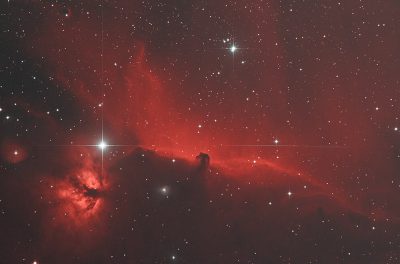
IC434 – Horse Head and Flame Nebulae
NGC2244 – Rosette Nebula
Western Veil Nebula
IC63 – The Phantom of Cassiopeia
Aldebaran (Magnitude:0.85)

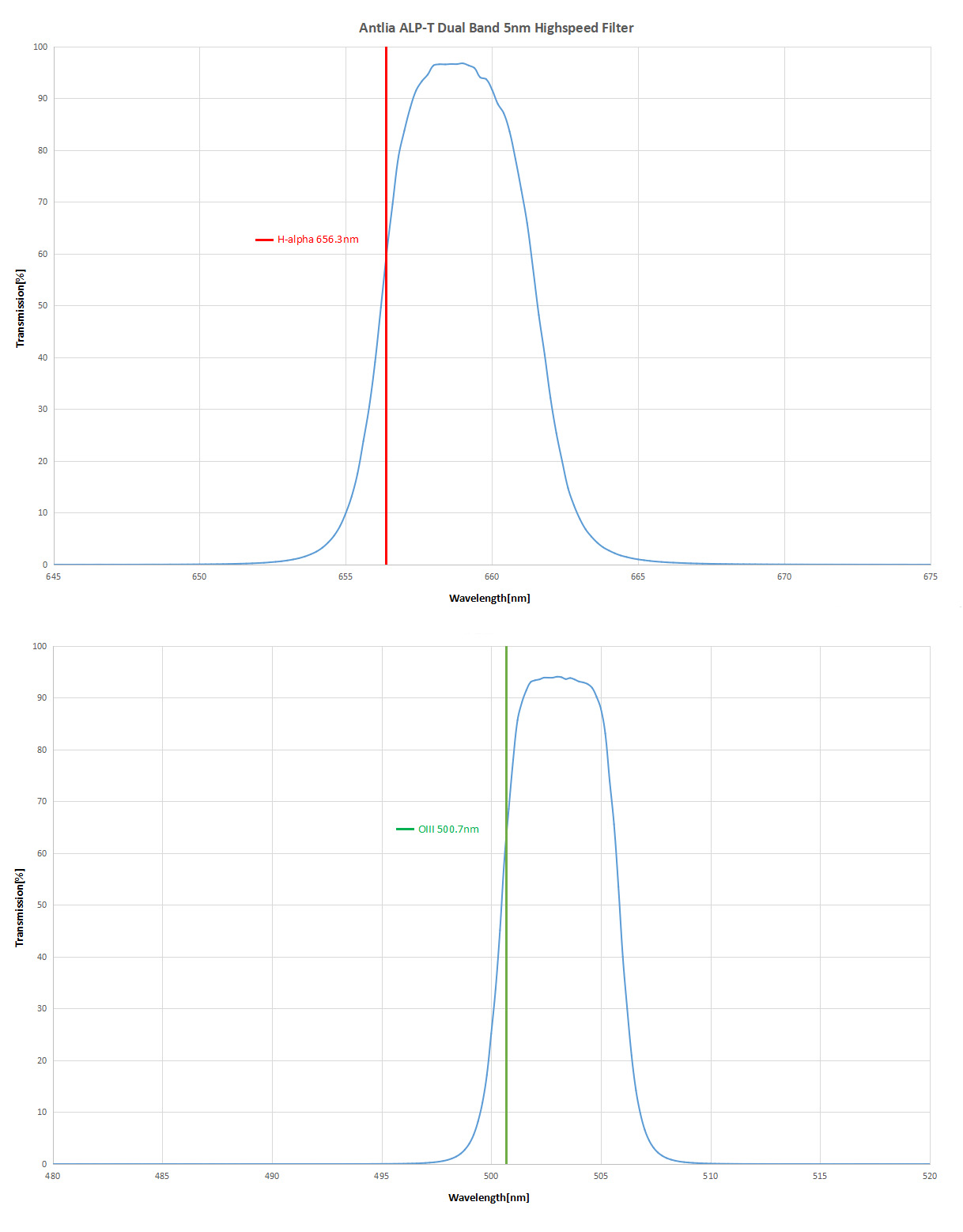

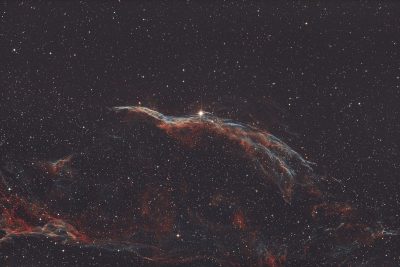
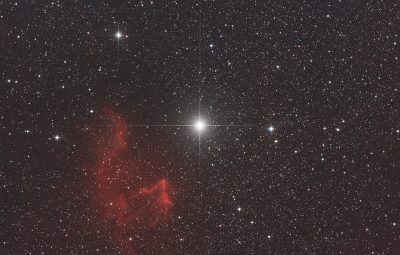
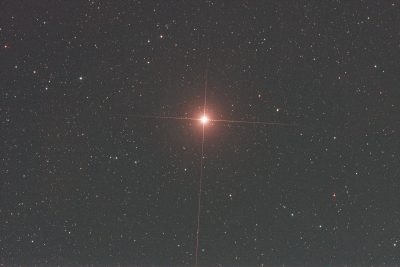

Reviews
There are no reviews yet.